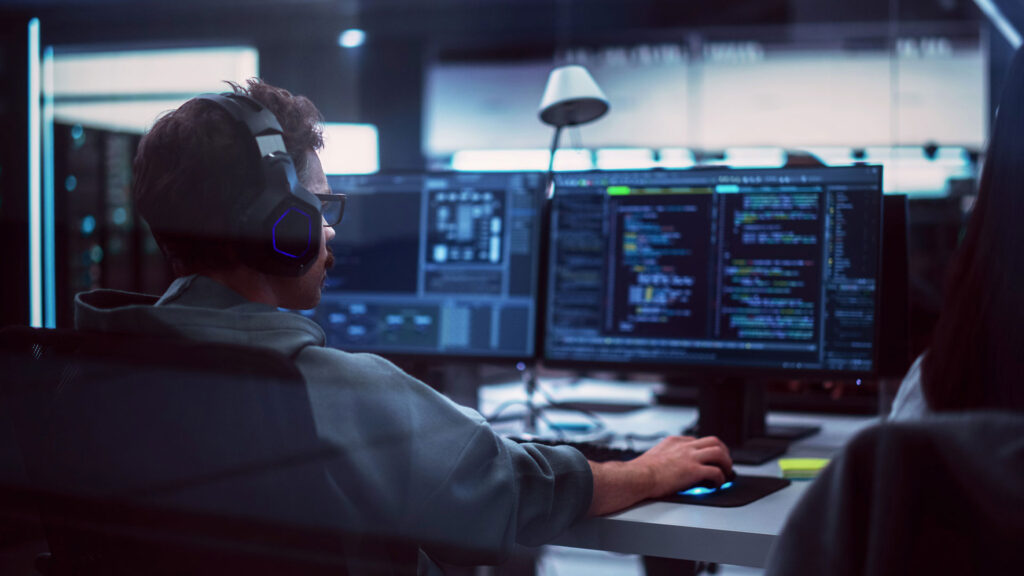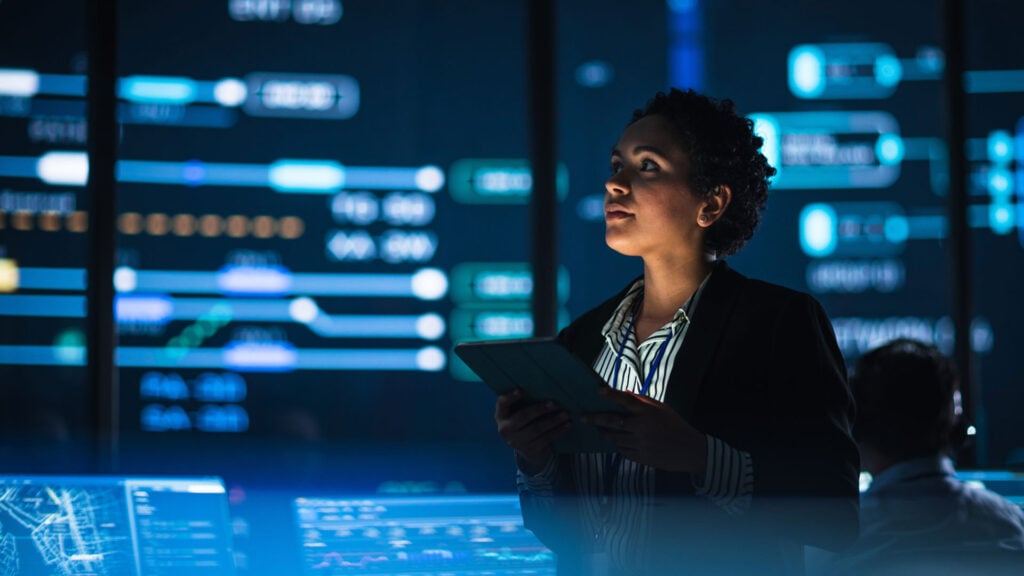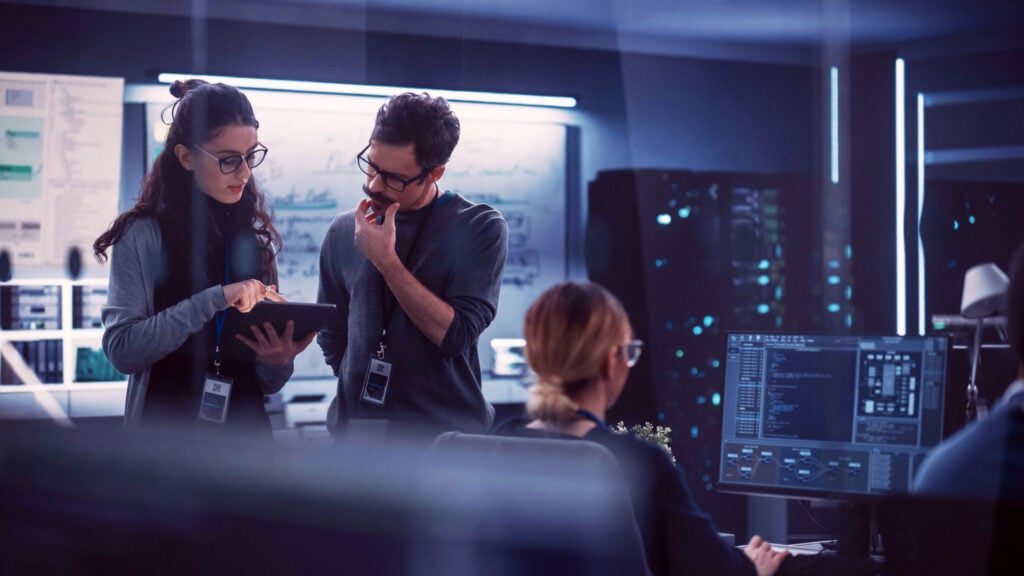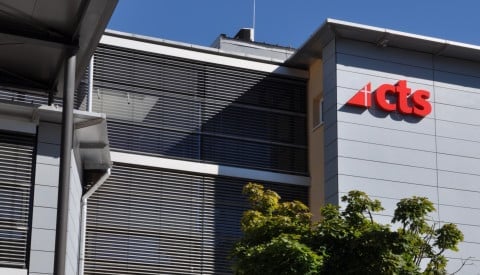Blog
OpenAI Sora – Cybersecurity Threat or Opportunity?
OpenAI's Sora: Is it a threat or an opportunity? We look at its groundbreaking text-to-video capabilities and how they impact cybersecurity.
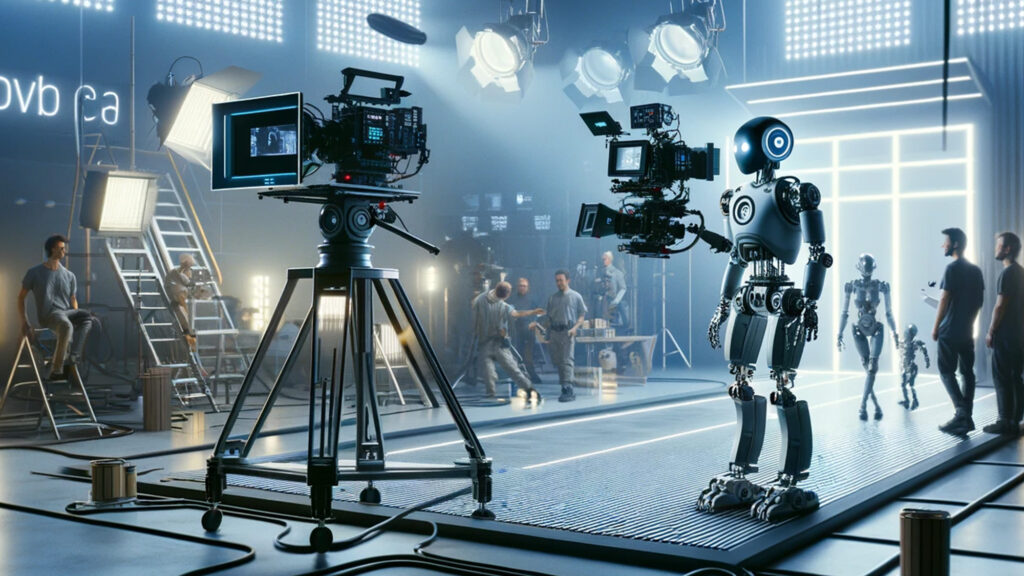
OpenAI Sora is an advanced text-to-video AI model designed for filmmakers and content creators. However, some people question whether it represents the next generation of social engineering tools, potentially impacting everything from IT security to our trust in the media. This raises significant concerns regarding OpenAI Sora cybersecurity implications.
OpenAI unveiled Sora, an innovative text-to-video AI model capable of generating 60-second photorealistic HD videos from textual descriptions. This represents a significant leap forward in AI-driven media creation, offering fidelity and consistency surpassing existing models. Although Sora is currently in a research preview phase and lacks audio capabilities, its potential has already sparked considerable excitement. Still, we believe this can negatively impact cybersecurity, especially for the future of Social Engineering, which surpasses financial fraud. It directly threatens integrity, which is one of the three parts of the CIA (Confidentiality, Integrity, Availability) Triad of cybersecurity. Not to mention social and ethical consequences.
Technical Innovation Behind OpenAI Sora
Sora stands out due to its high resolution, temporal consistency, and fidelity to text prompts. It utilizes a diffusion model similar to those behind OpenAI’s DALL-E 3 and Stable Diffusion, starting from noise and iteratively refining it to produce coherent video sequences. This model’s ability to generate videos directly from prompts, extend existing videos, or create videos from still images is a testament to the advances in AI video synthesis.
The model achieves temporal consistency by providing the AI with “foresight” over multiple frames, ensuring that generated subjects remain consistent throughout the video. This approach, combined with a unified representation of data, allows for training on a diverse range of visual data, offering the potential for further advancements in AI-driven content creation.
Example from OpenAI’s Sora. Prompt: Photorealistic closeup video of two pirate ships battling each other as they sail inside a cup of coffee. Source: https://openai.com/sora
OpenAI Sora’s Place in the Future of AI and Media
As we explore Sora’s capabilities and limitations, it’s clear that this technology is more than just a tool for creating engaging visual content. It represents a step toward more sophisticated models that can simulate real-world dynamics and interactions. This has implications for various industries, including gaming, where “neural rendering” could revolutionize content creation.
However, OpenAI Sora has its shortcomings. Certain physical interactions, like shattering glass or consuming food, may not be modeled accurately, highlighting areas for improvement. Moreover, the potential for misuse in generating misleading or harmful content has prompted OpenAI to undertake rigorous testing to mitigate risks associated with misinformation and bias.
Deepfakes and Digital Trust
One of the most immediate OpenAI Sora cybersecurity concerns is the potential for Sora to be used in creating sophisticated deepfakes. These hyper-realistic videos can be used to impersonate individuals, manipulate public opinion, or commit fraud. The ability to generate photorealistic videos from text descriptions significantly lowers the barrier to creating convincing deepfakes, posing a threat to personal and organizational security. Cybersecurity professionals will need to develop more advanced detection techniques and authentication methods to maintain digital trust and verify the authenticity of digital content.
Information Integrity and Misinformation
Sora’s capabilities also raise concerns about information integrity and the spread of misinformation. In a world where AI-generated videos are indistinguishable from actual footage, distinguishing fact from fiction becomes increasingly challenging. This could have far-reaching implications for journalism, law enforcement, and political discourse, where the authenticity of video evidence plays a critical role. OpenAI Sora cybersecurity measures, including blockchain-based verification systems and AI-driven content analysis tools, will be essential in ensuring the credibility of digital media.
In conclusion, OpenAI Sora represents a significant advancement in AI technology, offering exciting possibilities for content creation. However, its introduction also necessitates a comprehensive reevaluation of cybersecurity strategies to address the new and evolving threats posed by AI-generated content. As cybersecurity professionals, our role will be to anticipate these challenges, develop effective countermeasures, and ensure that the digital landscape remains secure and trustworthy in the age of advanced AI.
Conscia Maturity Assessment
How mature is your organisation’s security posture? As your digital footprint increases, so does your cyber/attack surface. A look at the statistics reveals the harsh reality many organizations …
About the author

David Kasabji
Principal Threat Intelligence Analyst
David Kasabji is a Principal Threat Intelligence Analyst at the Conscia Group. His main responsibility is to deliver actionable intelligence in different formats according to target audiences, ranging from Conscia’s own cyberdefense, all the way to the public media platforms. His work includes collecting, analyzing, and disseminating intelligence, reverse engineering obtained malware samples, crafting TTPs […]
Related




